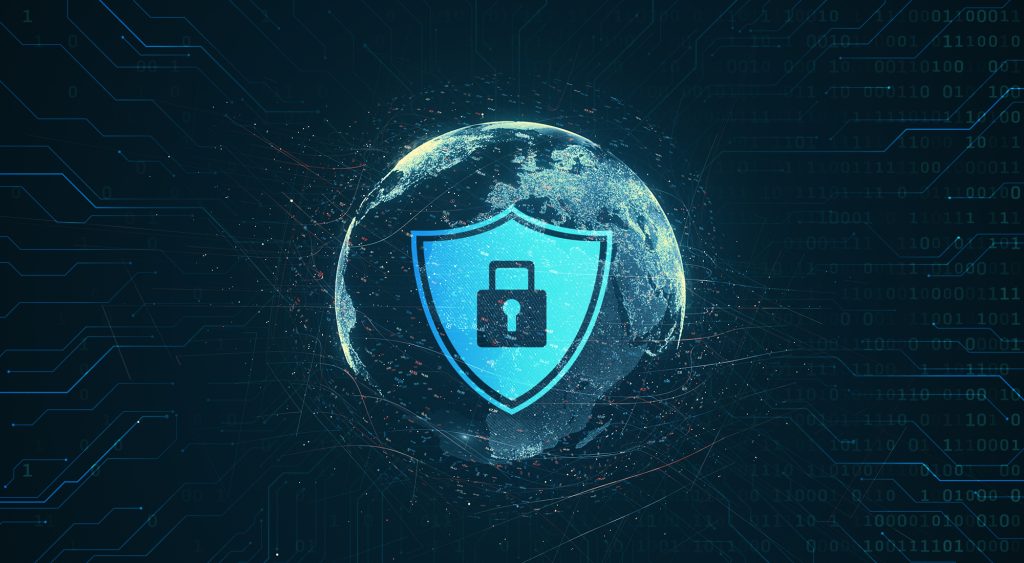
In today’s digital landscape, cloud computing has transformed the way businesses operate. While the cloud offers numerous advantages, such as scalability, cost savings, and flexibility, it also introduces new security challenges. Securing your cloud infrastructure is paramount to protect sensitive data and maintain compliance. In this blog, we’ll explore best practices for cloud security, focusing on essential strategies for securing your cloud infrastructure.
Understanding Cloud Security
Cloud security encompasses a variety of policies, technologies, and controls designed to protect data, applications, and the associated infrastructure of cloud computing. As organizations increasingly migrate to the cloud, understanding the unique security challenges it presents becomes critical. Key areas of concern include data protection, compliance, and managing cloud-related risks.
1. Implement Robust Identity and Access Management (IAM)
One of the foundational elements of cloud security is effective Identity and Access Management (IAM). IAM involves defining and managing the roles and access privileges of users, ensuring that only authorized personnel have access to sensitive information. Here are some best practices for IAM:
- Least Privilege Principle: Grant users the minimum level of access necessary to perform their job functions. This limits the potential damage in case of a security breach.
- Role-Based Access Control (RBAC): Implement RBAC to streamline access permissions based on user roles. This approach simplifies management and enhances security.
- Regular Audits: Conduct regular access audits to review permissions and remove unnecessary access rights. This helps identify potential vulnerabilities.
2. Employ Multi-Factor Authentication (MFA)
Multi-Factor Authentication (MFA) adds an additional layer of security beyond just usernames and passwords. By requiring users to verify their identity through multiple methods, such as a text message or authenticator app, you can significantly reduce the risk of unauthorized access. Implementing MFA is a crucial step in securing your cloud infrastructure.
3. Data Protection Strategies
Data protection is central to any cloud security strategy. Protecting sensitive data involves several practices:
- Encryption Techniques: Encrypt data both in transit and at rest. Use strong encryption algorithms to safeguard sensitive information from unauthorized access. Cloud providers often offer encryption services, but consider adding an additional layer of encryption for added security.
- Regular Backups: Implement regular cloud backup solutions to ensure that your data is safe and recoverable in case of a disaster. Automate backups to reduce the risk of human error.
- Data Loss Prevention (DLP): Utilize DLP tools to monitor and protect sensitive data from unauthorized access or sharing. DLP solutions can help identify and mitigate data breaches.
4. Secure Cloud Architecture
Building a secure cloud architecture is crucial for maintaining the integrity and confidentiality of your data. Here are some best practices to consider:
- Network Security: Implement security groups, firewalls, and Virtual Private Clouds (VPCs) to isolate your cloud resources. Regularly review your network configurations for vulnerabilities.
- Secure APIs: Protect your application programming interfaces (APIs) with authentication mechanisms and input validation to prevent malicious attacks.
- Patch Management: Regularly update your cloud services and applications to patch known vulnerabilities. Implement an automated patch management system to streamline this process.
5. Conduct Security Audits
Regular security audits are essential for identifying vulnerabilities and ensuring compliance with industry standards. Security audits can include:
- Vulnerability Assessments: Conduct regular scans of your cloud infrastructure to identify potential security weaknesses.
- Compliance Audits: Ensure that your cloud services comply with relevant regulations, such as GDPR, HIPAA, or PCI DSS. Non-compliance can lead to legal penalties and reputational damage.
- Penetration Testing: Perform penetration testing to simulate cyberattacks and evaluate the effectiveness of your security measures. This proactive approach can help identify and remediate vulnerabilities before they are exploited.
6. Threat Detection and Incident Response
In the event of a security breach, having a robust threat detection and incident response plan is critical. Here are some best practices:
- Real-Time Monitoring: Implement tools that provide real-time monitoring of your cloud infrastructure for suspicious activities. This includes intrusion detection systems (IDS) and security information and event management (SIEM) solutions.
- Incident Response Plan: Develop a comprehensive incident response plan outlining the steps to take in the event of a security breach. Ensure all team members are familiar with the plan and conduct regular drills to test its effectiveness.
- Post-Incident Analysis: After a security incident, conduct a thorough analysis to identify the root cause and implement corrective actions to prevent future occurrences.
7. Cloud Compliance
Compliance with industry standards and regulations is essential for maintaining the trust of your customers and stakeholders. Some best practices include:
- Understanding Regulations: Familiarize yourself with the regulations applicable to your industry and ensure your cloud infrastructure complies with these requirements.
- Vendor Compliance: If you’re using third-party cloud services, ensure that your providers also comply with relevant regulations. Request documentation of their compliance efforts.
- Regular Reviews: Conduct regular reviews of your compliance status to ensure ongoing adherence to regulations and standards.
8. Educate Employees on Cybersecurity
Human error is often a significant factor in security breaches. Educating employees on cybersecurity best practices can help mitigate risks:
- Security Training: Provide regular training sessions on cloud security awareness. Topics can include phishing, social engineering, and secure password practices.
- Simulated Phishing Exercises: Conduct simulated phishing exercises to test employee awareness and response to potential threats.
- Encourage Reporting: Create a culture where employees feel comfortable reporting suspicious activities without fear of repercussions. Prompt reporting can help identify threats early.
Conclusion
Securing your cloud infrastructure is an ongoing process that requires a multi-faceted approach. By implementing best practices such as robust Identity and Access Management, Multi-Factor Authentication, data protection strategies, secure cloud architecture, regular security audits, threat detection and incident response planning, compliance efforts, and employee education, you can significantly reduce the risks associated with cloud computing.
As technology continues to evolve, so do the threats targeting cloud environments. Staying informed about emerging trends and continuously updating your security measures is essential for protecting your organization’s assets in the cloud. By prioritizing cloud security, you can leverage the full benefits of cloud computing while safeguarding your sensitive data against potential threats.







